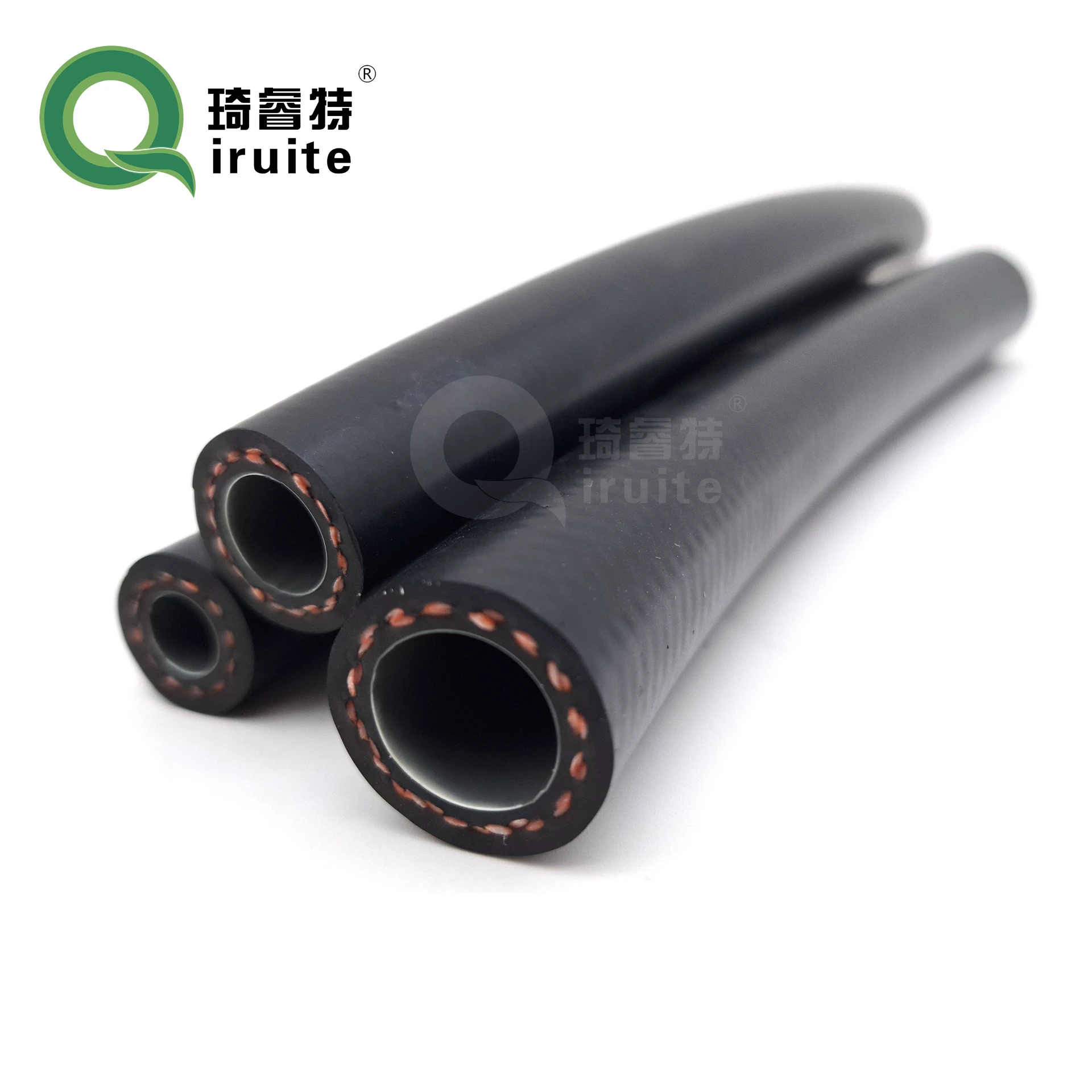Steps to Disconnect Power Steering Hose Safely and Effectively
How to Remove Power Steering Hose A Step-by-Step Guide
Removing a power steering hose can seem daunting at first, especially if you’re not familiar with automotive repairs. However, with the right tools and a bit of patience, you can complete this task effectively. Below is a comprehensive guide to help you through the process of removing a power steering hose.
Tools and Materials Needed
1. Wrenches and Socket Set Common sizes include 10mm, 12mm, or 14mm, depending on your vehicle. 2. Pliers Needle-nose pliers can be handy for removing hose clamps. 3. Fluid Drain Pan To catch any leaking power steering fluid. 4. Rags or Towels For cleaning up spills and keeping the area tidy. 5. Safety Glasses To protect your eyes from fluid splashes. 6. New Hose If you’re replacing the old hose, make sure you have the correct replacement part.
Safety First
Before starting any work on your vehicle, ensure that the engine is turned off and has cooled down. Always wear safety glasses and gloves to protect your eyes and skin from power steering fluid, which can be harmful.
Step 1 Locate the Power Steering Hose
Start by locating the power steering hose in your vehicle. Typically, the power steering system has two hoses the high-pressure hose and the low-pressure return hose. Consult your vehicle’s service manual for specific diagrams if you’re having trouble finding them.
Step 2 Prepare for Fluid Drainage
Place a drain pan under the power steering pump to catch any fluid that may leak out during the removal process. This is crucial for maintaining a clean working environment and preventing spills on your driveway or garage floor.
Step 3 Loosen and Remove Hose Clamps
Using pliers, locate the hose clamps securing the power steering hose to the power steering pump and the steering gear. Squeeze the ends of the clamp to loosen it, then slide it away from the connection. If your vehicle uses spring clamps, you may need a special tool to release them.
Step 4 Disconnect the Hose
how to remove power steering hose

Once the clamps have been removed, gently wiggle the hose to detach it from the fittings. If you encounter resistance, do not force it, as this may cause damage to the hose or the fittings. Instead, try using a small amount of penetrating oil to help loosen the connection.
Step 5 Remove the Hose from the Vehicle
After successfully disconnecting the hose from both ends, carefully pull it out of the engine bay. Be cautious of any remaining fluid that may still be in the hose, and make sure the drain pan is positioned correctly to catch it.
Step 6 Inspect and Clean
With the power steering hose removed, inspect the surrounding components for any leaks or damage. Clean the area around the connections to remove any power steering fluid residue, as it can attract dirt and grime.
Step 7 Install New Hose (if applicable)
If you’re replacing the old hose, take the new power steering hose and align it with the connections. Secure the hose using the hose clamps you removed earlier, making sure they are positioned correctly and snug, but not overly tight to avoid crushing the hose.
Step 8 Refill Power Steering Fluid
After everything is reconnected, refill the power steering fluid reservoir with the appropriate fluid as recommended in your vehicle’s service manual. Start the engine and turn the steering wheel from side to side a few times to help circulate the fluid and remove any air from the system.
Step 9 Check for Leaks
Finally, check for any leaks around the connections after starting the engine. If everything looks good, clean up your workspace, and dispose of any old fluid responsibly.
Conclusion
Removing and replacing a power steering hose may require some effort, but with this guide, you should feel more confident tackling the job yourself. Regular maintenance, including inspecting and replacing worn hoses, will help ensure your power steering system operates smoothly. Always refer to your vehicle's service manual for specific information tailored to your model. Happy repairing!
-
Reliable Brake Line Solutions for Your VehicleNewsJun.05,2025
-
Quick Fix for Leaky Air Conditioning HosesNewsJun.05,2025
-
Powerful Sewer Jetting Solutions for Tough ClogsNewsJun.05,2025
-
Power Steering Hose Problems SolvedNewsJun.05,2025
-
Hose Protectors That Actually WorkNewsJun.05,2025
-
Essential Hose Connectors for Every HomeNewsJun.05,2025

